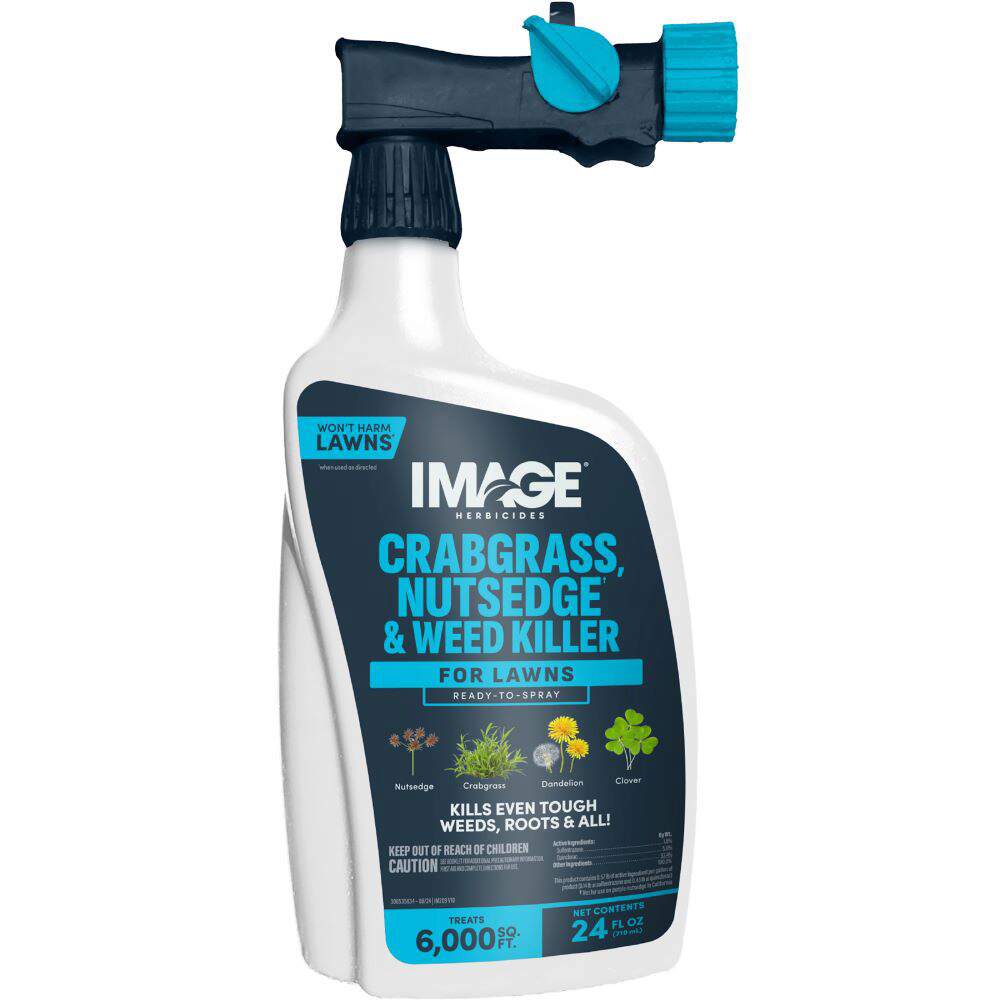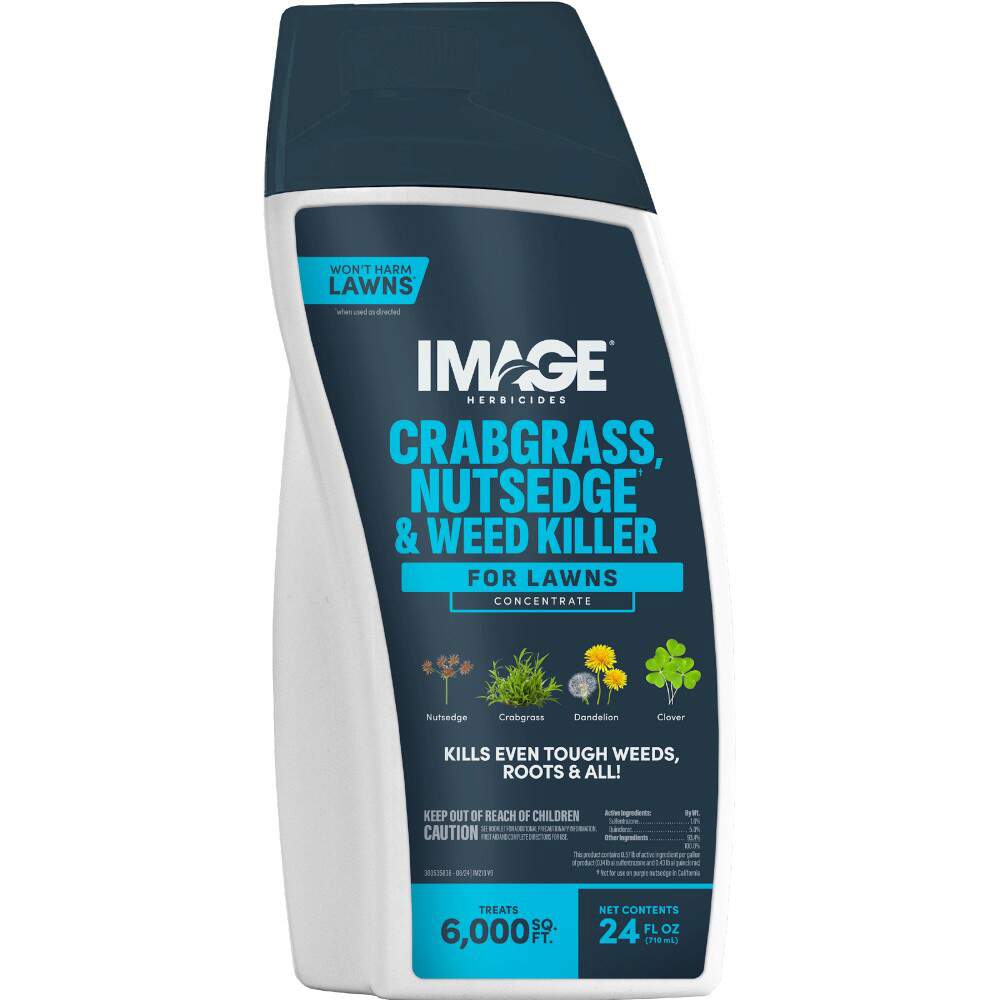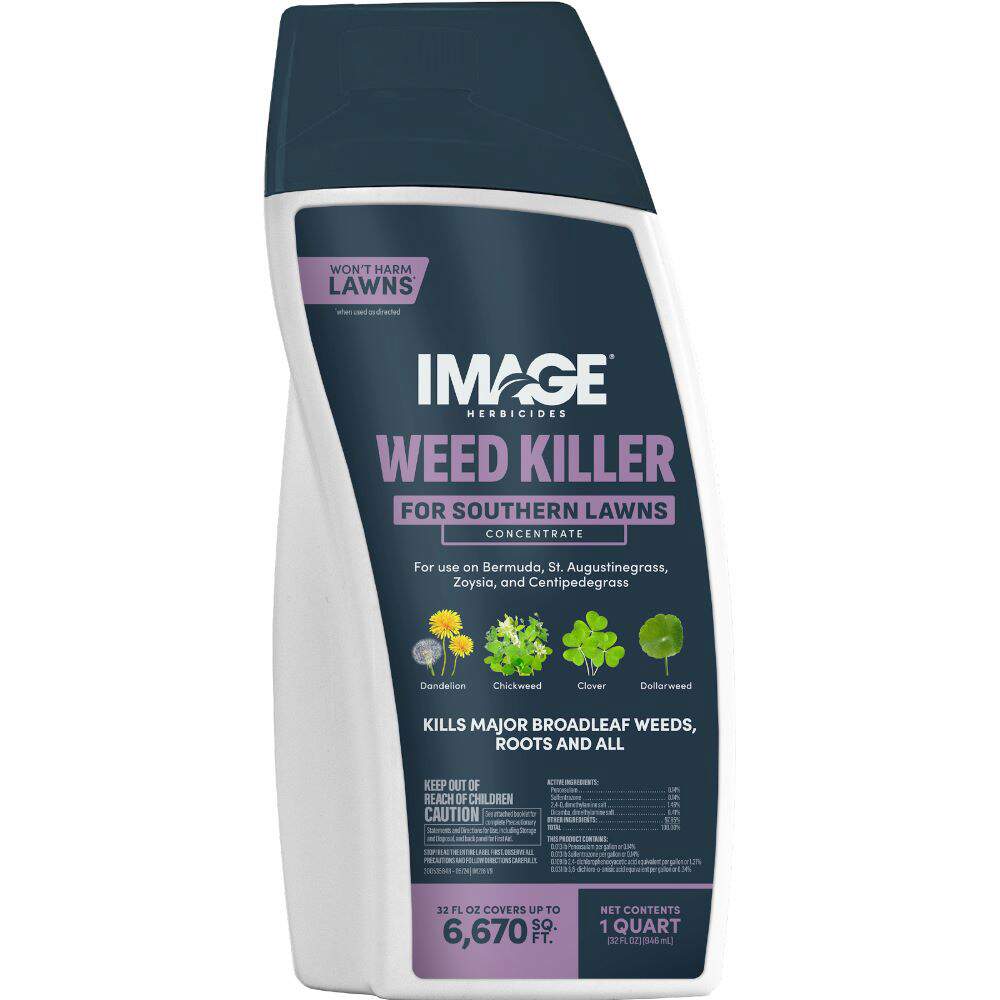HOW TO IDENTIFY PURSLANE
Common purslane is a broadleaf annual weed that forms a dense, tangled mat. The thick, branching, purple-red stems stay close to the ground as they grow up to 20 inches long. Fleshy, succulent leaves alternate in opposite-facing pairs along the smooth stems. The edges and undersides of young leaves often carry tinges of purple-red.
A close relative of the ornamental moss rose, common purslane has tiny, five-petaled yellow flowers that only open in sunny conditions. The 1/3-inch blooms appear in clusters at stem tips or singly in the leaf axils, where leaves meet stems. The flowers produce oval seed capsules that split in the middle to reveal small brown-black seeds. Purslane has a fibrous root system anchored by a thick taproot.
WHERE AND WHY PURSLANE GROWS
Common purslane is a native North American plant found in all U.S. states except Alaska. It's common in lawns, gardens, farm fields — wherever plants, crops and grass may grow — usually outcompeting neighboring plants for nutrients and water. But it tolerates drought, extreme heat, compacted conditions and poor, nutrient-deficient soil. Purslane grows most aggressively when soil is rich and temperatures are warm.
Hand weeding these persistent annual weeds is a losing battle. The plants come back from root segments, and even small stem fragments can form new plants if left behind. Uprooted purslane can draw on its succulent resources and complete seed production, even without rerooting.
HOW TO CONTROL PURSLANE
When treating purslane or other lawn weeds, always read product labels and make sure the label lists your grass type. Some lawn grasses are sensitive to herbicides, so always double-check. Only treat established lawn grasses, not newly seeded areas. For best results, treat purslane when small, new plants emerge.
Image Herbicides offer several highly effective liquid products to kill or control purslane:
- Image Herbicides Crabgrass, Nutsedge & Weed Killer for Lawns, available in Ready-to-Spray and Concentrate forms, is a selective weed killer that starts working on contact to kill purslane to the root. This post-emergent herbicide can be used on most cool-season and warm-season lawn grasses.
- Image Herbicides Crabgrass & Weed Killer for Lawns, available as Ready-to-Spray and Concentrate products, kills even tenacious purslane — roots and all. For best results, apply this selective post-emergent herbicide when soil is moist and purslane is actively growing.
- Image Herbicides Weed Killer for Southern Lawns, available as Ready-to-Spray and Concentrate, starts working immediately to kill purslane down to the roots. This fast-acting formula delivers visible results in hours.
Purslane Control Tip: Common purslane reproduces primarily by seed and stem fragments. Newly formed plants flower in as little as four weeks. Treat promptly to prevent seeds from forming.
If you're looking for a granular option for post-emergent weed control, Pennington Full Season Weed & Feed 25-0-8 controls purslane and feeds your lawn.
Always read product labels thoroughly and follow instructions, including guidelines for lawn grasses, frequency of applications and seasonal maximums that may apply.
PURSLANE GALLERY
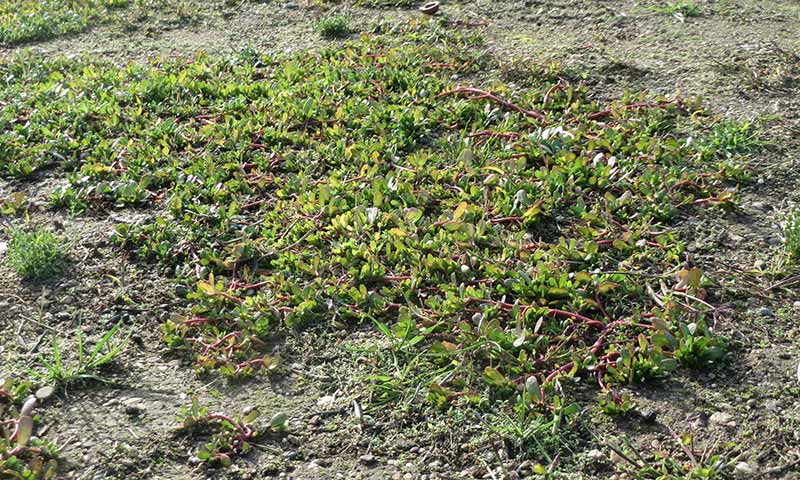
Purslane Patch
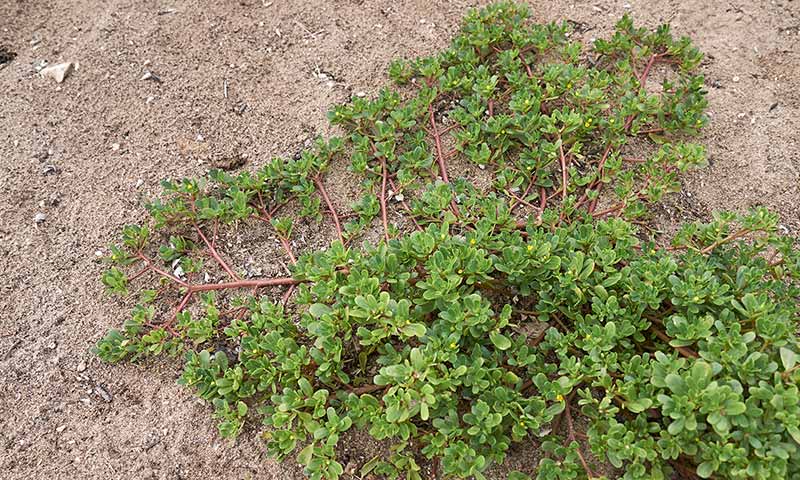
Purslane Spreading
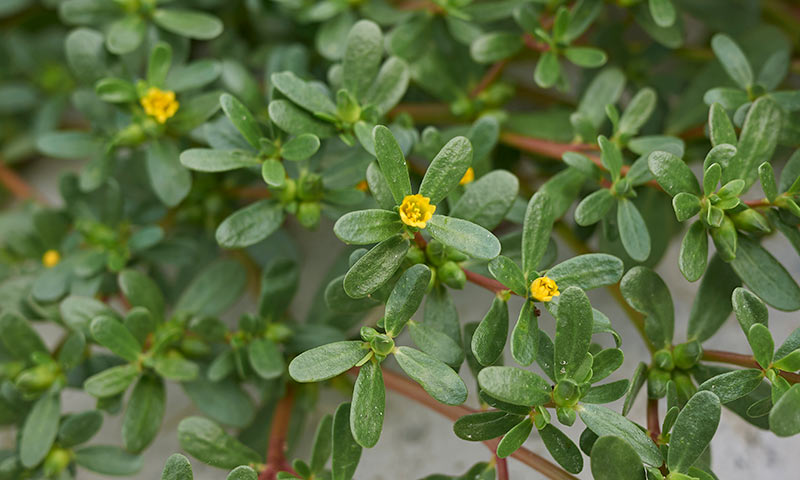
Purslane Flowers
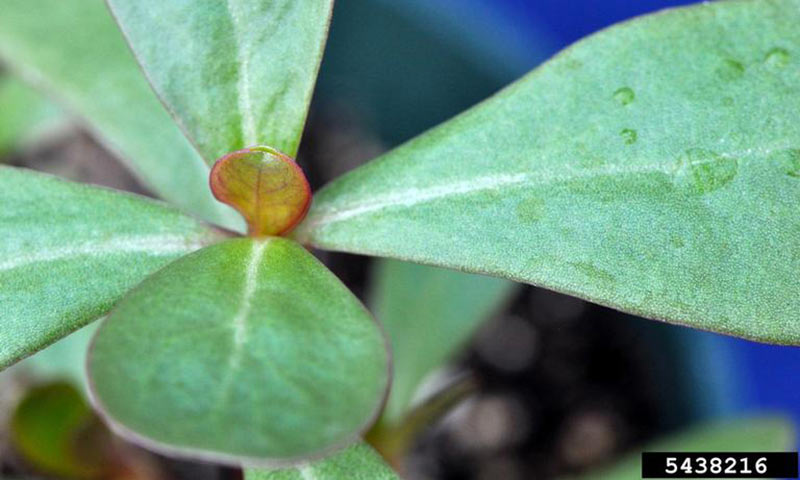
Purslane Leaves
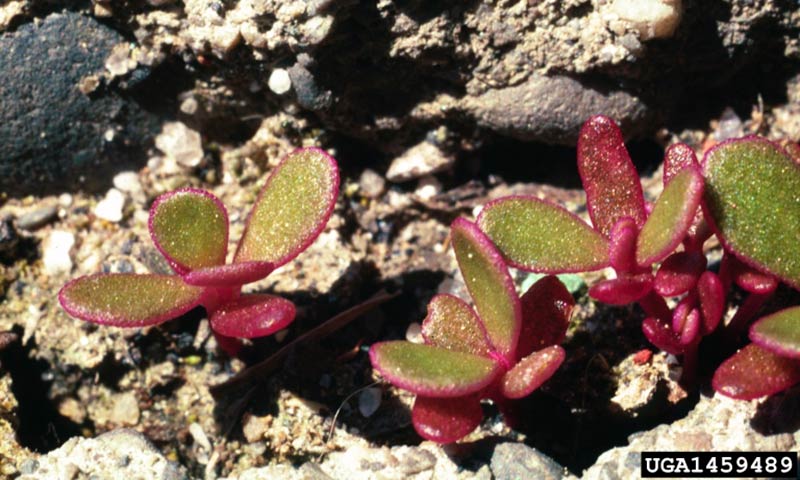
Purslane Red Foliage
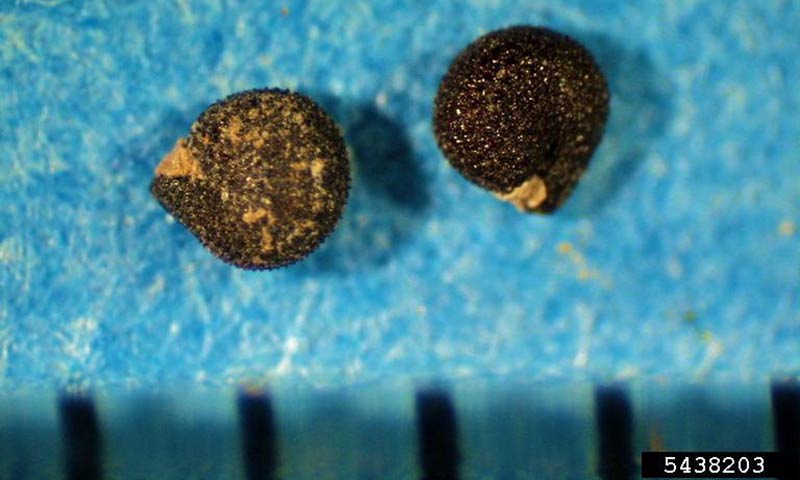
Purslane Seeds


